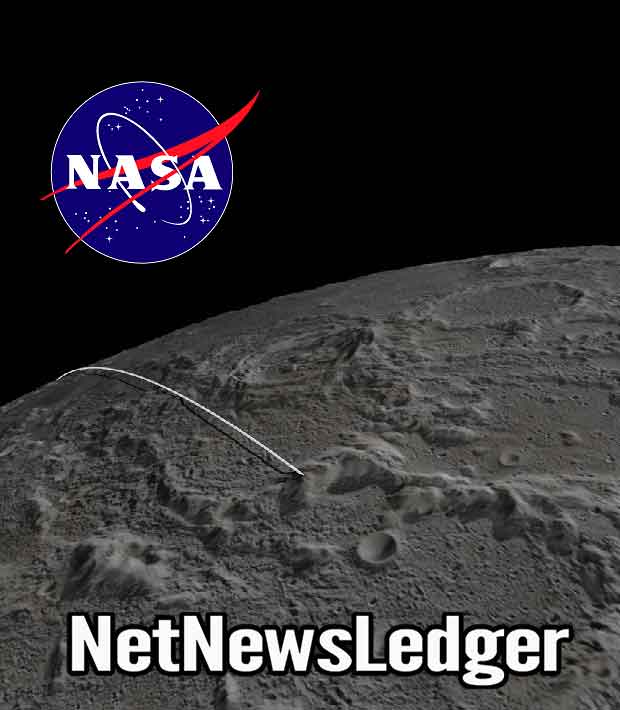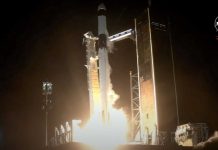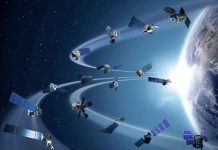THUNDER BAY – NASA will impact two satellites into the moon today. The event will be covered live online.
Commentary will originate from the control room at NASA’s Jet Propulsion Laboratory in Pasadena, Calif. Coverage will last about 35 minutes and include live interviews with GRAIL team members. GRAIL’s final resting place on the moon will be in shadow at the time of impact, so no video documentation of the impacts is expected.
Data from the GRAIL twins are allowing scientists to learn about the moon’s internal structure and composition in unprecedented detail. The two probes are being sent purposely into the moon because they do not have enough altitude or fuel to continue science operations.
This short animation produced by NASA shows the final flight path for NASA’s twin Gravity Recovery and Interior Laboratory (GRAIL) mission spacecraft, which will impact the moon on Dec. 17, 2012, around 2:28 p.m. PST. Their successful prime and extended science missions now completed, the twin GRAIL spacecraft Ebb and Flow are being sent purposefully into the moon because their low orbit and fuel state precludes further scientific operations.
The animations were created from data obtained by NASA’s Lunar Reconnaissance:
NASA states, “Twin lunar-orbiting NASA spacecraft that have allowed scientists to learn more about the internal structure and composition of the moon are being prepared for their controlled descent and impact on a mountain near the moon’s north pole at about 2:28 p.m. PST (5:28 p.m. EST) Monday, Dec. 17.
“Ebb and Flow, the Gravity Recovery and Interior Laboratory (GRAIL) mission probes, are being sent purposely into the lunar surface because their low orbit and low fuel levels preclude further scientific operations. The duo’s successful prime and extended science missions generated the highest-resolution gravity field map of any celestial body. The map will provide a better understanding of how Earth and other rocky planets in the solar system formed and evolved”.
“It is going to be difficult to say goodbye,” said GRAIL principal investigator Maria Zuber of the Massachusetts Institute of Technology in Cambridge. “Our little robotic twins have been exemplary members of the GRAIL family, and planetary science has advanced in a major way because of their contributions.”
The mountain where the two spacecraft will make contact is located near a crater named Goldschmidt. Both spacecraft have been flying in formation around the moon since Jan. 1, 2012. They were named by elementary school students in Bozeman, Mont., who won a contest. The first probe to reach the moon, Ebb, also will be the first to go down, at 2:28:40 p.m. PST. Flow will follow Ebb about 20 seconds later.
Both spacecraft will hit the surface at 3,760 mph (1.7 kilometers per second). No imagery of the impact is expected because the region will be in shadow at the time.
Ebb and Flow will conduct one final experiment before their mission ends. They will fire their main engines until their propellant tanks are empty to determine precisely the amount of fuel remaining in their tanks. This will help NASA engineers validate fuel consumption computer models to improve predictions of fuel needs for future missions.
“Our lunar twins may be in the twilight of their operational lives, but one thing is for sure, they are going down swinging,” said GRAIL project manager David Lehman of NASA’s Jet Propulsion Laboratory in Pasadena, Calif. “Even during the last half of their last orbit, we are going to do an engineering experiment that could help future missions operate more efficiently.”







